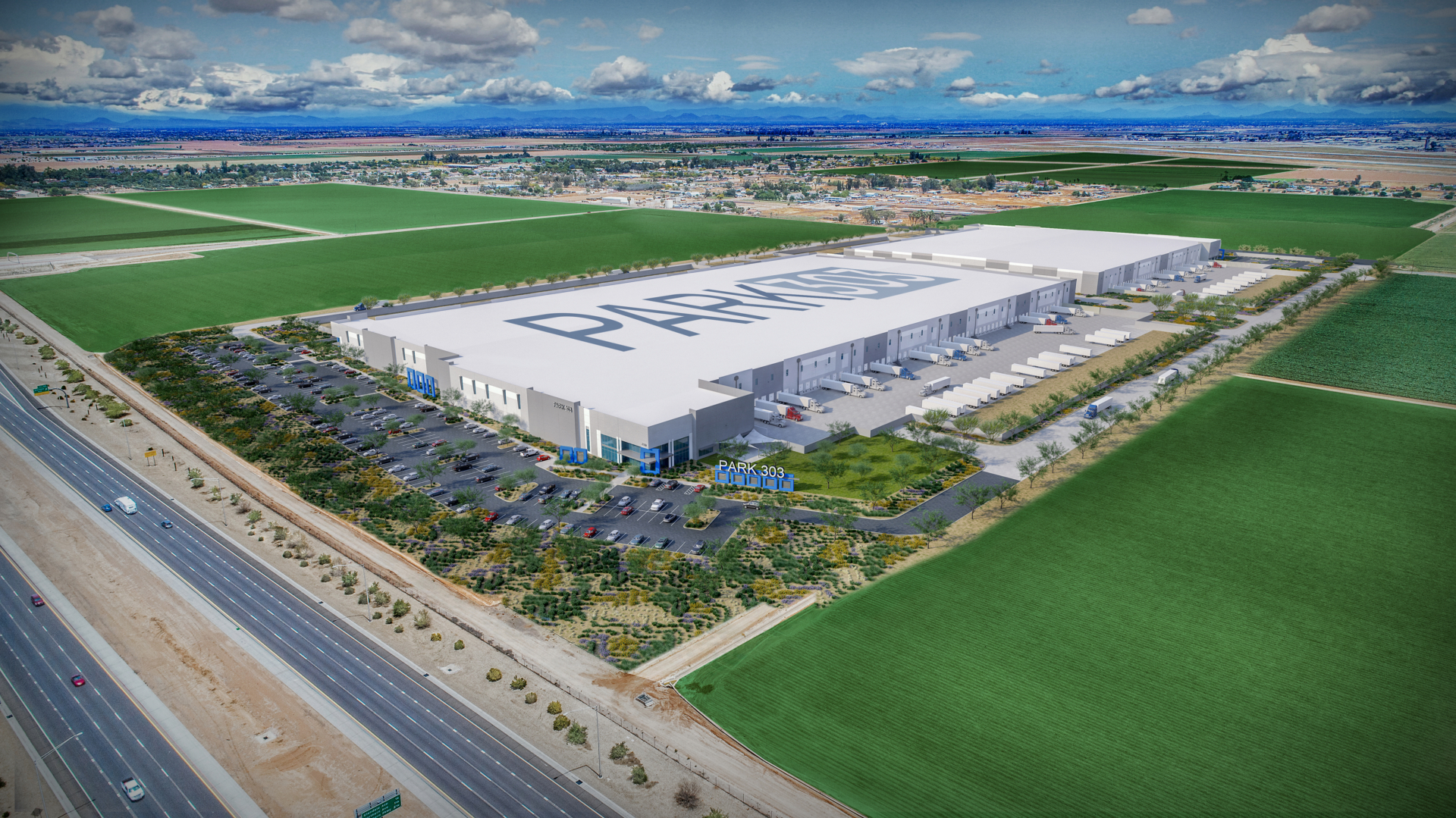New development of commercial real estate and of the ongoing operations of existing commercial real estate buildings in the United States – office, industrial, warehouse and retail – supported 8 million American jobs, contributed $1.01 trillion to the U.S. GDP in 2020, and generated $338.1 billion in personal earnings – according to “Economic Impacts of Commercial Real Estate, 2021 U.S. Edition,” a study released this week by the NAIOP Research Foundation. And Arizona industrial and warehouse development played a major role in that economic impact.
According to the report, Arizona is the No. 8 state in the U.S. for contributions to state GDP created by industrial (manufacturing facilities) development, and also the No. 8 state for warehouse (e-commerce distribution facilities) development. Overall, construction and development of Arizona industrial and warehouse, office, and retail created and supported 83,805 related jobs and contributing $11 billion to the state’s economy in 2020 (the most recent data available).
READ MORE: Amazon lifts Phoenix industrial market to best year ever in 2020
READ MORE: Arizona industrial market surges during pandemic
The overall economic impact declined slightly from 2019, when the industry supported 9.2 million American jobs and contributed $1.14 trillion to U.S. GDP.
According to the report, the longest economic expansion in U.S. history — 128 months — unexpectedly ended in February 2020 with the onset of the COVID-19 pandemic. The rapid contraction of the economy beginning in March resulted in second-quarter GDP declining 9.0% from its first-quarter value, a decline of 31.7% on an annualized basis. This decline was accompanied by a sharp decrease in employment — 22.8 million jobs were lost in March and April, and unemployment rose from its lowest level in 50 years in February (3.5%) to 14.7% in April, the highest rate since the Great Depression.

The study broke out several key measures by commercial real estate industry sector:
• Office construction expenditures totaled $38.8 billion in 2020, down 28.5% from 2019 after increasing 12.7% in 2019.
• Retail construction expenditures totaled $11.7 billion in 2020, a decrease of 29.5% from 2019. This decrease marks the fifth straight year of decline; expenditures fell 2.3% in 2019; 9.5% in 2018; 0.8% in 2017; and 7.0% in 2016. The last time retail construction spending increased was in 2015.
• Warehouse construction outlays only decreased marginally in 2020, down 0.3% from 2019. In 2019, construction spending had been up sharply (up 27.4%), continuing a positive trajectory that began in 2011.
• Industrial (manufacturing) construction spending was hard hit by the contraction in 2020, declining 29.5%. During the past five years, industrial construction spending had declined sharply in 2015 and 2016 before increasing in 2017 and 2018 and declined 1.0% in 2019.
The report says that while 2020 was not the year that had been expected, 2021 will be a recovery year:
• Job growth and unemployment rates will continue to improve but are not expected to regain pre-pandemic levels; full employment is not projected to be reached until mid-2022, and unemployment is projected to remain above 4.0% through 2025.
• All GDP growth in 2021 will be make-up or replacement growth that was lost or foregone in 2020. So, while a seemingly robust 4.0% GDP growth is projected for 2021, all of this new GDP value will be needed to bring the value of total GDP near to the pre-pandemic level of February 2020.”
“Many factors point to a commercial real estate rebound in 2021,” said Thomas J. Bisacquino, president and CEO of NAIOP. “Obviously we dealt with several unknowns and an unexpected downturn in 2020; however, we believe that while the pandemic has accelerated trends already progressing in real estate, we have a bright future. Office workers will return to the offices with some regularity in 2021, the industrial and warehouse sectors will continue to expand as e-commerce demand intensifies, and the retail sector will be reshaped as the shopping experience evolves.”




